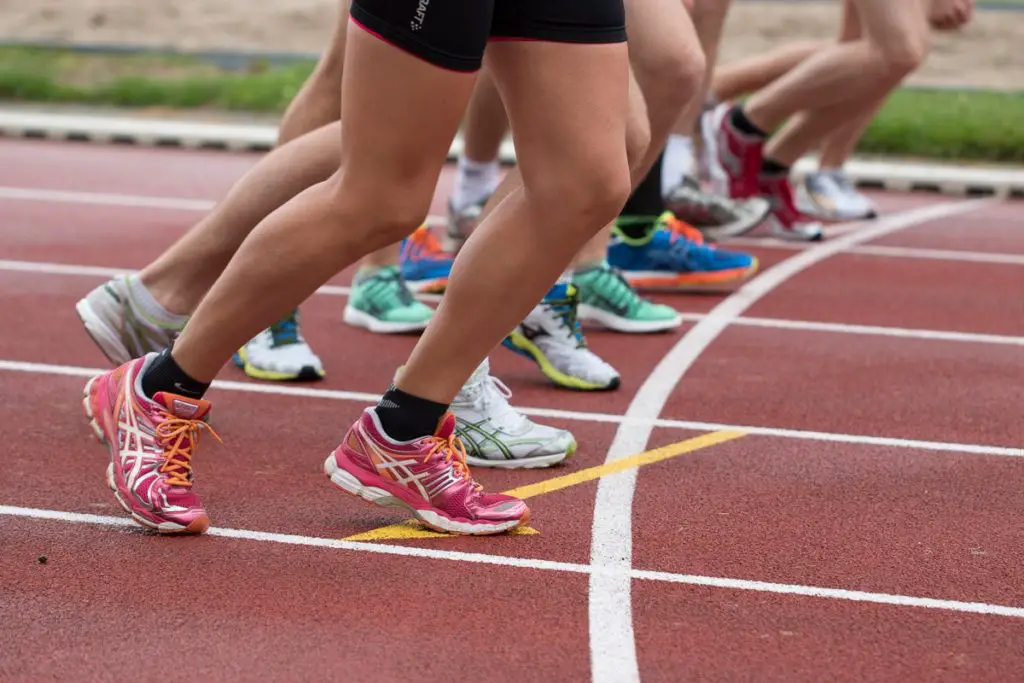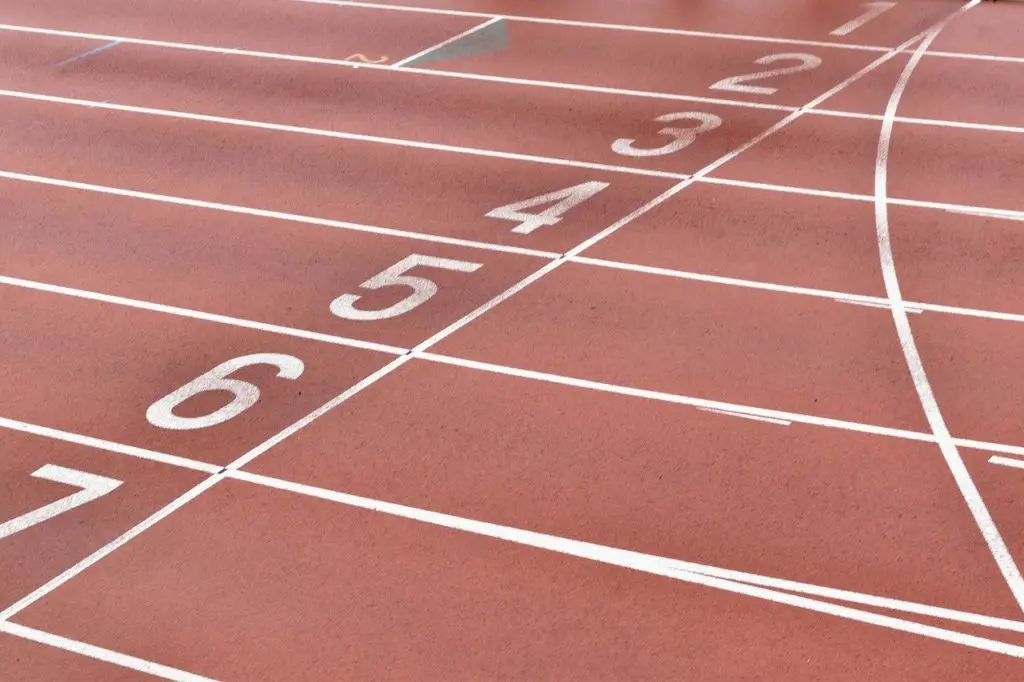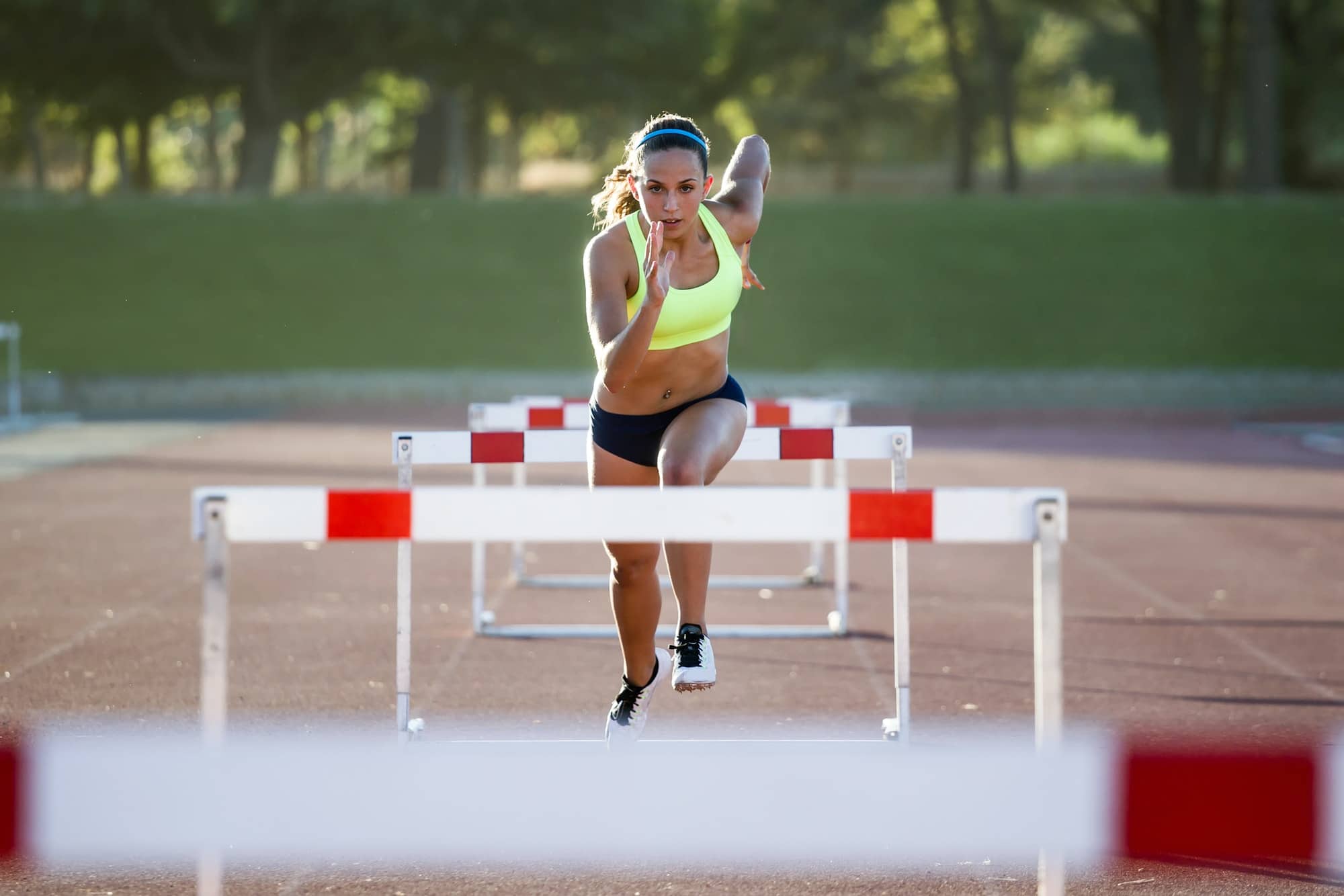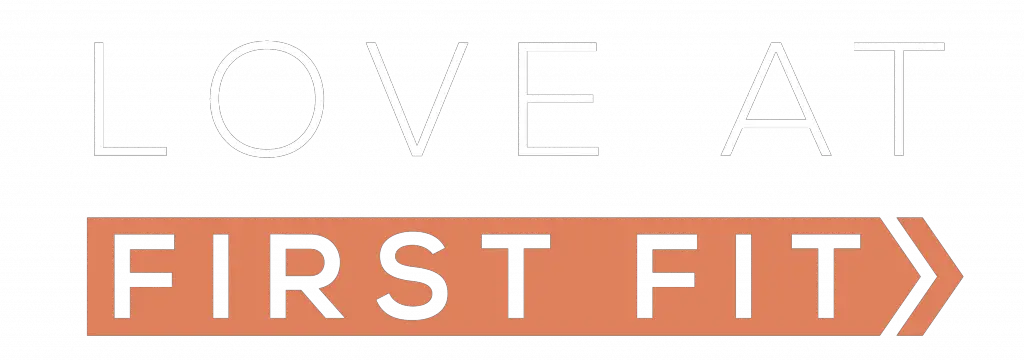Are you thinking about running competitively or for fun, but feeling overwhelmed by the many different kinds of running shoes? It is easy to get discouraged when you see that there are nine different types of track shoes, and many people might simply give up and wear their everyday sneakers to avoid having to decide.
However, once you realize that each type is for a specific track event, the decision becomes much easier. So what shoes should you wear for track and field?
Special shoes for track runners are highly recommended as they are certainly beneficial if you would like to race competitively, but the kind of track shoe you select depends on whether you would like to run cross country, sprints, middle and long-distance, or compete in jumping or throwing events. The types of shoes for track and field are racing flats, cross country, standard and long-distance, sprinting, high jump, javelin, long jump and shot.
Important considerations include the material of the track and its individual regulations about the type of shoe runners can wear. In this article, we will outline the elements of each track event, the benefits each type of track shoe provides, the common track surfaces, and the average cost of track shoes.
Track shoes in popular and reliable brands such as Nike and New Balance range in price from $30 to $50, although spike shoes for pro athletes cost at least $80. Racing flats are a bit more expensive, starting around $50 and increasing to $75 on average. Non-spike throwing shoes cost roughly $65-$75.
If you are running competitively and you have decided to give your tennis shoes a rest and purchase special track shoes, the next step is to consider what type of track event you would like to participate in.
The basic track events include sprints, middle-distance races, long-distance races and cross-country. However, there are special events such as pole vaulting, high jumping, hurdling and throwing (javelin, shot put and discus).
Sprints are very fast, short races from 100-400 meters, and middle-distance races usually start at 800 meters and go up to 3,000 meters. Long-distance races typically span from 5,000 to 10,000 meters. Cross-country races require running on uneven, sometimes slippery terrain, including hills.
Of the three primary throwing events related to track, the main difference is the shape and weight of the object being thrown. A javelin is a light, spear-like object, whereas a shot is a heavy metal ball. A discus is shaped similarly to a frisbee, but it is much heavier.
Jumping events are differentiated by the height of the obstacle, from short hurdles to a four-meter high jump bar. Pole vaulting involves using a flexible pole to help runners leap over obstacles.
Types of Track Shoes

When you know which event you would like to train for, there are two main categories of track shoes to consider: spike shoes or non-spike shoes. Spike shoes are the most common type of track shoes, and they are used for most track events. Non-spike shoes include the more casual racing flats and shoes for throwing events.
In the category of spike shoes, there are standard-distance shoes, sprinting shoes, long-distance shoes, high-jump shoes, javelin shoes and pole-vaulting shoes (also used for jumping long distances). These shoes include removable hard plastic or metal spike plates of different sizes placed either on the toe or the heel of the shoe or sometimes both, depending on the event and needed momentum. The most common spike sizes are 1/4 of an inch and 3/16 of an inch.
Cross-country shoes are unique because they come in two varieties: spiked and spikeless. The spikeless cross-country shoes come with non-removable rubber nubs that are similar to soccer cleats. Spiked cross-country shoes provide better traction, but sometimes tracks do not allow spiked cross-country shoes, or runners do not like the feeling of running in them.
For throwing events besides javelin, non-spike shoes are essential because athletes must be able to pivot unhindered, so they do not want the increased traction of spiked shoes. The other non-spike track shoe is the racing flat, which is a thinner version of a tennis shoe with less cushion so that it has a lighter weight. Racing flats are not ideal for most track events because they provide less support and traction, but they work for those who can’t wear spike shoes.
Below is a table that provides a quick overview of the features of the nine primary types of track shoes:
| Special shoes | Spikes? | Weight | Designed For |
| Racing flats | No | Very lightweight | 5k runs and interval training |
| Cross-country | Sometimes | Lightweight | Uneven terrain |
| Standard-distance | Yes | Lightweight | Flexibility in races from 800-3,000 meters |
| Sprinting | Yes | Very lightweight | Races from 100-400 meters |
| Long-distance | Yes | Medium | Support and durability for 5,000-10,000 meters |
| High-jump | Yes | Medium | Strong grip during take-off |
| Javelin | Yes | Heavy | Planting before the throw |
| Pole vaulting/long jump | Yes | Lightweight | Speed and power with no slip during take-off |
| Shot and discus | No | Medium | Circular, pivoting movements |
Track Shoes Spike Categories
The spikes on track shoes only last approximately 200-300 miles, so they will likely need to be replaced before the rest of the shoe. When looking for a replacement, it is important to note that there are four main types of track shoe spikes: pyramid, needle, compression and tartan.
Pyramid spikes are well-suited for terrain including dirt, grass and mud, making them commonly used in cross-country shoes. Compression, needle and tartan spikes are ideal for the rubber surfaces of many indoor and outdoor tracks.
Tennis or Running Shoes vs Track Shoes
Almost everyone owns a trusty pair of tennis shoes that are comfortable enough to exercise in, but there are special considerations for running shoes when you are competing in a track event. tennis shoes are more than adequate for recreational running, but track runners need shoes that give them a competitive edge. Here are a few of the reasons special track shoes are considered more effective:
- They are lightweight and less cumbersome.
- They provide a wide range of stability options.
- They offer more traction, especially on uneven surfaces or in jumping events.
- They can increase your speed.
- They are more flexible to allow a greater range of motion.
Types of Track Surfaces

Thus, the type of track you will be running on is important to keep in mind as well. The most common surfaces are dirt, asphalt, rubber and carpet-like tracks. Cross-country races will likely take place on a dirt track, whereas most other track events will occur on rubber or indoor carpet-like tracks.
Spikes cannot be worn on asphalt because it will cause you to slide and will wear the spikes down very quickly. For dirt tracks, needle or pyramid spikes of less than 1/4 inch are ideal. Carpet-like and rubber surfaces can accommodate spikes up to 3/16 of an inch.
However, many tracks have individual regulations about the type of shoes that can be worn and the length of the spikes, so make sure to be aware of the rules of your specific track. Coaches can also provide guidance on the individual regulations of each track meet.
Spikes vs Non Spikes Shoes for Track
Spike shoes are generally more popular among seasoned track and field runners and even Olympic athletes. Spike shoes give you a natural advantage in addition to your own speed and strength because they provide more traction. However, they are not designed for certain track events, and some tracks do not permit them. Furthermore, they cannot be worn on roads or asphalt tracks.
In addition, it is important to note that spike shoes can aggravate existing foot conditions and cause more foot pain than non-spike shoes because of the placement of the spike plates, which adds extra stress to certain parts of your foot. Spike shoes also should be used only for the actual track event, and not for daily training, as that will wear them out quickly.
tennis shoes are adequate if you are only looking to exercise recreationally on a track, but non-spike racing flats or throwing shoes are less bulky and offer you more stability. Plus, the cost of special track shoes is comparable to the price of any high-quality running shoe, so it is not an obstacle.
The type of track shoe you decide to purchase depends primarily on the event it will be used for and the track’s surface material. For uneven, slick surfaces such as the dirt trails of cross-country races, a high level of traction is a necessity. Alternatively, if you are participating in track events such as discus and shot put, you need shoes that will allow you a full range of mobility and not hinder the power of your throws.
Purchasing special shoes for track will make you a more effective and competitive runner, but the kind of shoe depends on your track event preference and your running aspirations. Equipped with the information in this article, you will be able to confidently select the shoe that is perfectly suited for your individual track and field goals.

Austin is the author of loveatfirstfit.com and a personal trainer with extensive knowledge in nutrition. Austin is passionate about helping others to find a suitable healthy lifestyle and feel good about themselves. Austin’s goal is to help people push their limits and achieve their physical performance.

